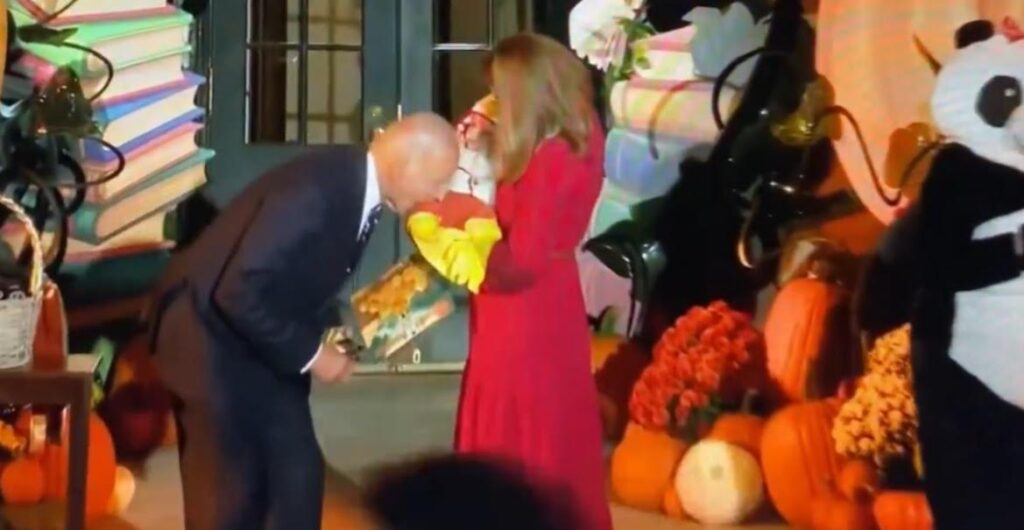On October 30, 2024, President Joe Biden and First Lady Jill Biden hosted a Halloween event at the White House, inviting local students and military families for an evening filled with trick-or-treating. The couple has a tradition of engaging children and families during festive occasions, and this year’s theme, “Hallo-READ!,” was crafted by Dr. Biden, a veteran educator. The White House was adorned with decorations inspired by well-known literary tales, aligning with the event’s emphasis on the joy of reading. Families were encouraged to bring their favorite Halloween books, fostering an environment that celebrated both Halloween and literacy through storytelling and shared experiences.
During the event, approximately 8,000 guests participated, taking part in trick-or-treating along the South Lawn, culminating at the South Portico where they received candy and books from the President and First Lady, along with other special guests. The Biden administration has made efforts to involve the community, particularly military families, in special gatherings at the White House, reflecting a commitment to inclusivity and support for those connected to the armed forces. The festive occasion was aimed at promoting family engagement and reinforcing the bond between culture, literature, and fun, particularly during the Halloween festivities.
A somewhat controversial moment arose during the festivities when President Biden, showing excitement upon seeing a baby dressed in a chicken costume, bent down and bit the baby’s leg. The incident was captured on video and quickly circulated on social media, eliciting mixed reactions from the public. While some found the moment amusing, the action sparked debates and comparisons to former President Donald Trump, highlighting the intense scrutiny faced by political figures and the extremes to which social media can amplify incidents. The playful nature of the incident led to headlines and discussions surrounding the appropriateness of Biden’s actions.
Critics quickly seized upon the incident, expressing concerns about Biden’s perceived unusual behavior around children. Previous instances where Biden was accused of inappropriate interactions, such as sniffing hair or nibbling arms, were revisited in light of this latest occurrence. Such behaviors have led to ongoing speculation about Biden’s relationship with children and whether these actions are indicative of deeper issues or simply misinterpretations of his playful personality. Critics framed these actions as concerning, arguing that they are not typical behavior for political leaders, especially in family-friendly settings.
Supporters of President Biden, on the other hand, often contextualize such interactions as benign and suggest that the media and opposition are overly critical, framing it as an attempt to sensationalize minor incidents. They emphasize that the Halloween event was meant to be a lighthearted celebration of community and family values, aimed at bringing joy to the participants. Advocates stress the importance of focusing on the overall message of the event rather than fixating on isolated moments that can be easily misconstrued or exaggerated.
Ultimately, the Halloween party at the White House highlights the ongoing complexities of public perception regarding political leaders and their interactions with the public, particularly children. As the cultural landscape evolves, political figures remain under the microscope, grappling with not just the content of their actions but the interpretations that arise from them. In this instance, a simple Halloween celebration turned into a broader conversation about behavior, norms, and the societal expectations placed upon leaders, illustrating how even moments of levity can become contentious in the political arena.

